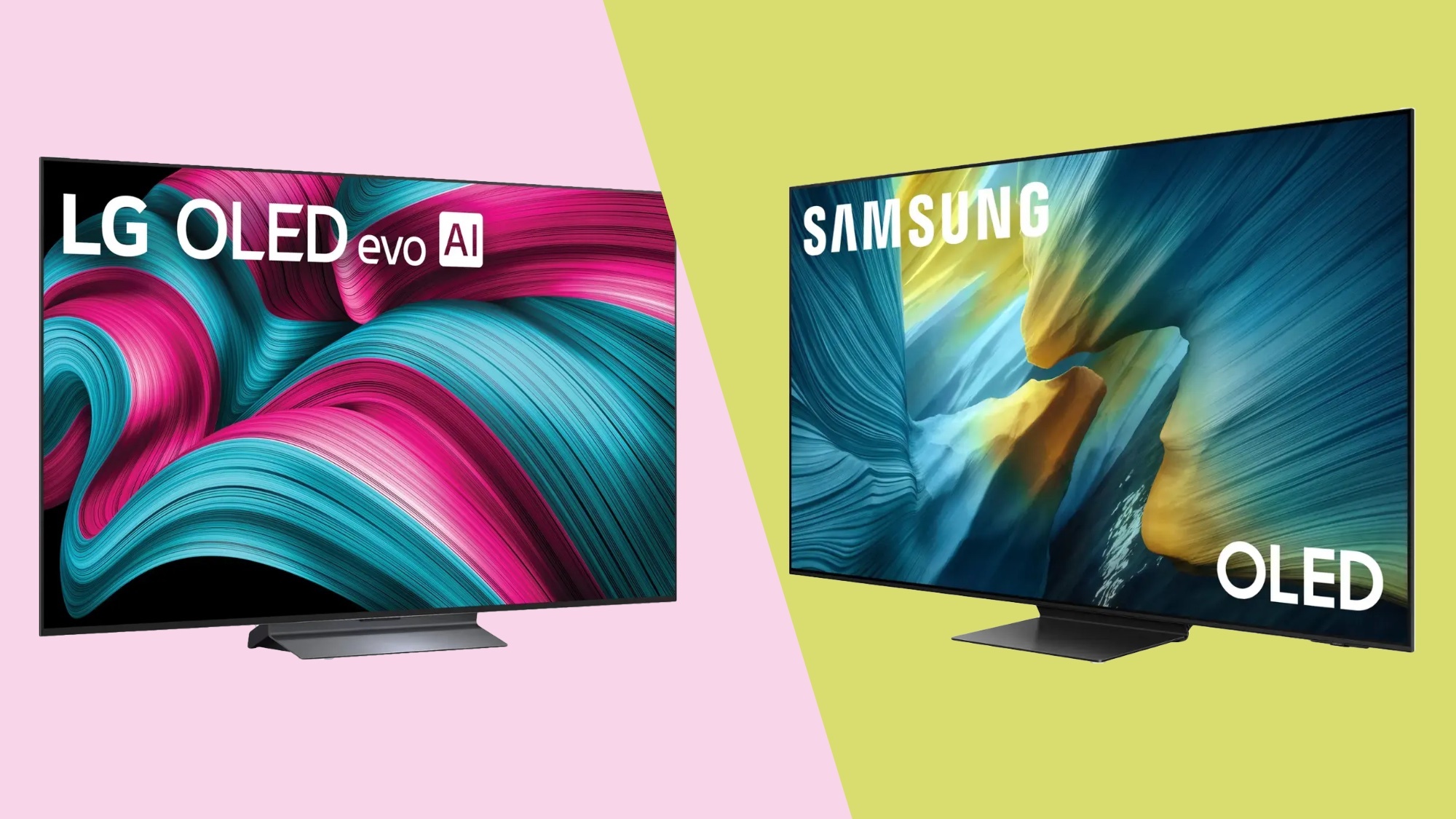
The LG C5 is one of the best mid-range OLED TVs of the year. It's a perfect fit for folks who are looking for an incredible TV with plenty of features, but who don't want to spend an arm and a leg on a flagship-level TV.
For
- Excellent, bright picture
- AI-boosted sound quality
- Clever cord management
- 4 HDMI 2.1 ports
Against
- Can only be wall-mounted with LG-made mount
The Samsung S95F is one of the best OLED TVs of the year. Its sensational brightness and eye-popping color are best suited for people who are willing to spend up on a flagship TV.
For
- Stunning picture quality
- Brilliant glare-free display
- 30% brighter than predecessor
- One Connect Box is still great
Against
- AI tweaking alters artists' intent
- Still no Dolby Vision
- Cluttered UI
It's already been an amazing year for OLED TVs.
By now, I've spent plenty of time with two of the year's best OLED TVs: the LG C5 and the Samsung S95F. Each model arrives with its own set of pros and cons, and as a TV expert, I'm well equipped to break them all down.
Here's what you need to know about the C5 and S95F — from performance to features — in order to determine which is right for you.
LG C5 vs Samsung S95F: Specs compared
As you can see, these two OLEDs have plenty in common. Each TV offers a full suite of high-bandwidth, HDMI 2.1-compatible ports and both models come in 55-, 65-, 77- and 83-inch models.
The C5 has a bit of an edge when it comes to size availability, however, as the always-popular 42- and 48-inch models are on sale for folks who want something a bit smaller.
One key difference between the two has to do with enhanced HDR formats. Like all Samsung TVs, the S95F does not support Dolby Vision, a popular, proprietary HDR format available on select Blu-rays, streaming platforms and Xbox titles. Instead, Samsung TVs offer HDR10+, a royalty-free version of the format that operates in largely the same manner.
You'll still be able to watch content mastered for Dolby Vision HDR on the S95F, but it will fall back to standard HDR10 and won't be taking full advantage of all that Dolby Vision content has to offer.
The C5, on the other hand, supports Dolby Vision while leaving off HDR10+. Given that the former is more popular, the C5 might be a more popular pick for home theater enthusiasts looking to make the most out of Dolby Vision content.
To learn more about Dolby Vision, check out our guide to whether or not you need Dolby Vision at all.
LG C5 vs Samsung S95F: Design

Both the C5 and the S95F are propped up by a pedestal-style stand positioned just below the center of the display. Each stand offers enough vertical clearance for a soundbar, but the S95F is a bit more accommodating.
These OLED TVs feature preposterously thin panels thanks to their cutting-edge display hardware, but if you take a look at the back of the C5, you'll notice that it widens out near the center of the panel where the TV's internals are housed.
The S95F, on the other hand, is a touch thicker than the C5, but its panel depth is uniform. You may find that you appreciate the look of the C5 more, but my preference lies with the Samsung S95F.
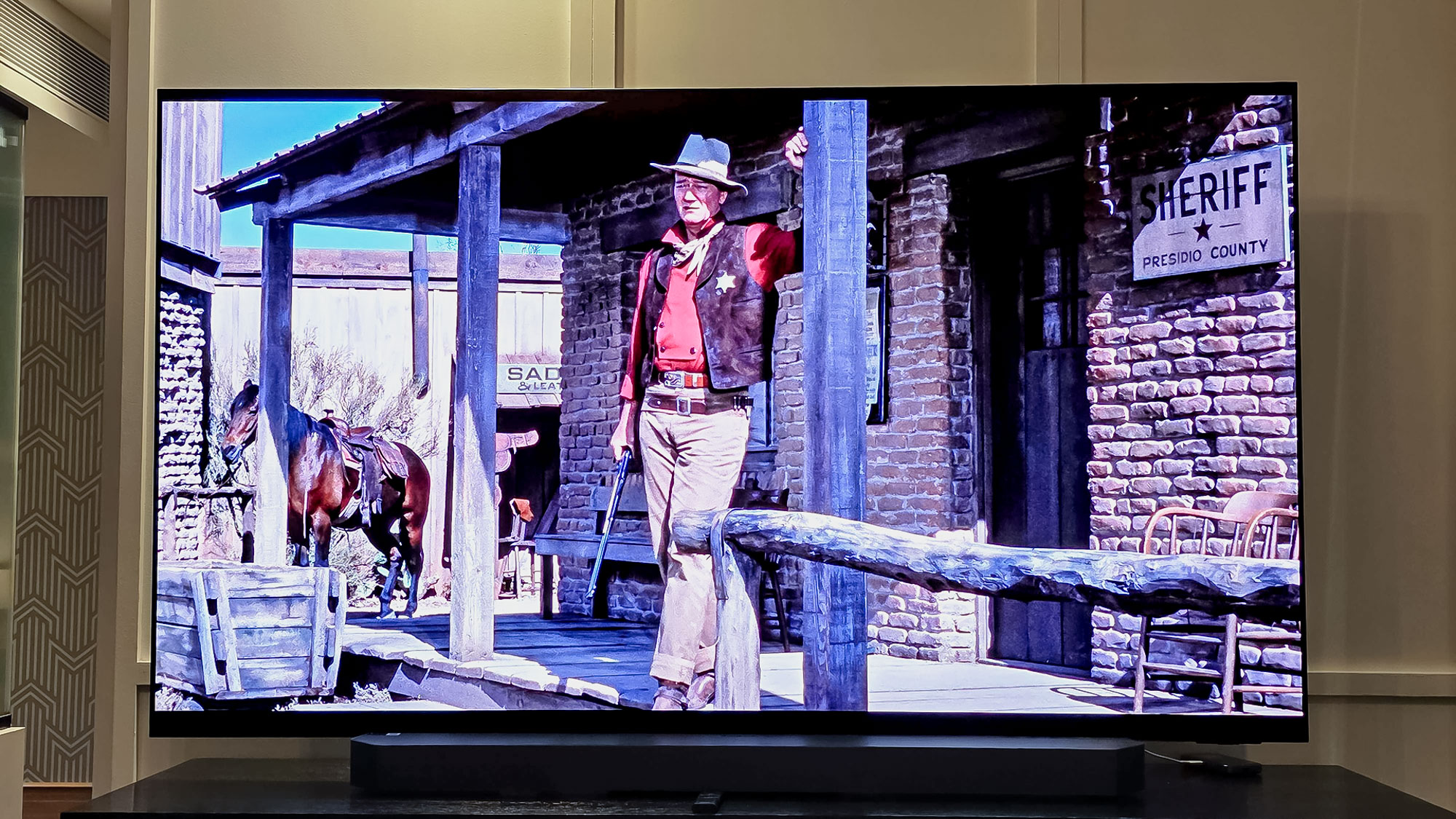
My preference for Samsung's design extends to its newest Solar Cell remote control, too. While I appreciate that LG has slimmed down its 2025 TV remote, there's no beating the functionality of Samsung's latest clicker, which charges an internal battery by way of indoor and outdoor lighting. It cuts down on waste and rarely do you have to worry about a dead remote.
The C5 and S95F are among the best-designed TVs of the year, and this category largely comes down to personal preference. That said, I think the S95F's uniform panel and the convenience of Samsung's Solar Cell remote help it eke out a win.
Winner: Samsung S95F
LG C5 vs Samsung S95F: Performance
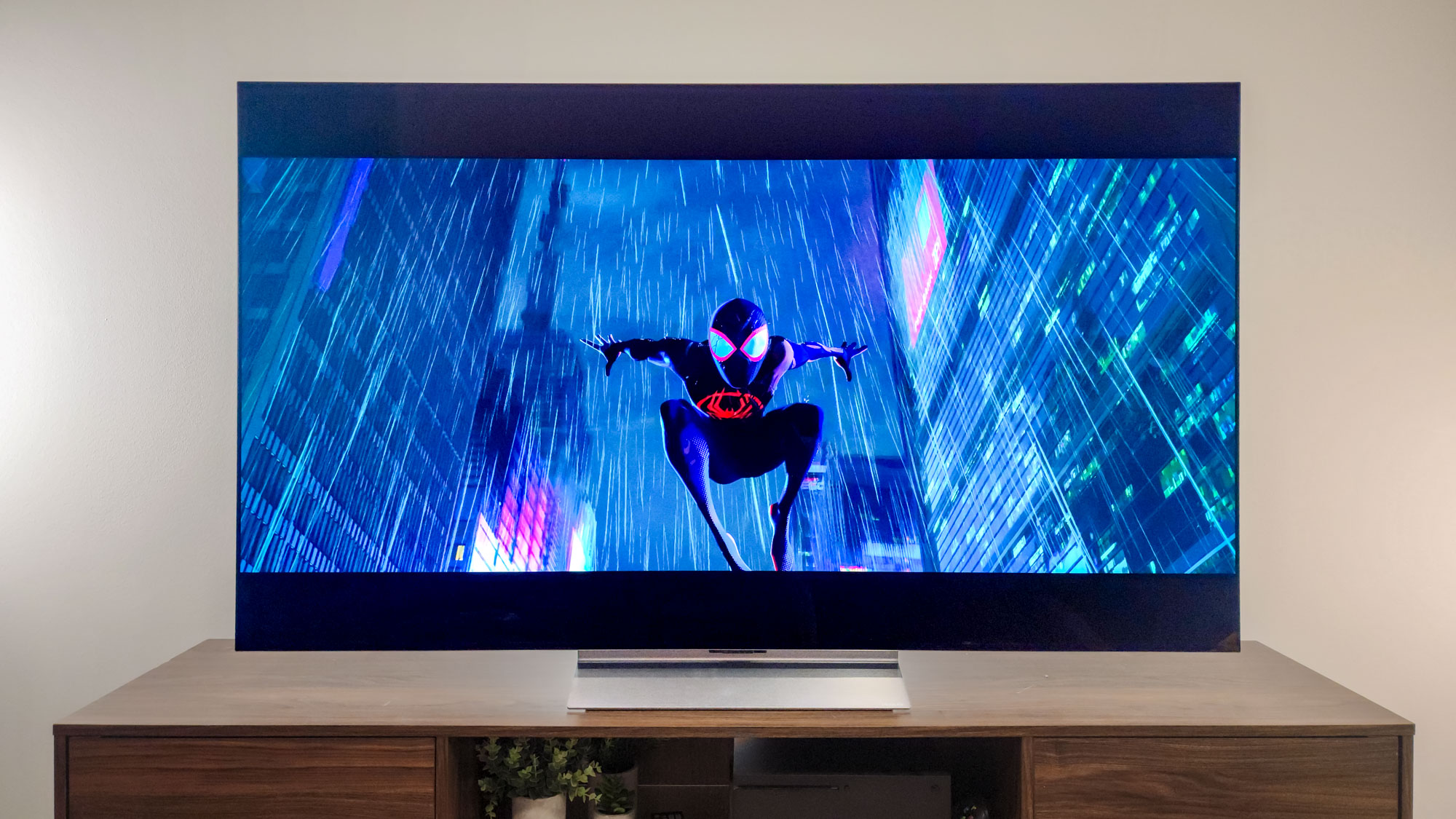
Before we dive into which of these TVs wowed me the most, let's take a look at how their test results stack up against each other.
The first aspect of this chart you're likely to notice is the added HDR brightness that comes with choosing the S95F over the C5. While both sets benefit immensely from the perfect black levels and surgical contrast control of OLED display tech, the S95F is nearly twice as bright when measuring peak HDR highlights.
This means that small, concentrated areas of brightness — like a sharp glint of sunlight bouncing off the hood of a car or sparks rising from a nighttime campfire — will be far brighter on the Samsung S95F. Since these highlights are a foundational element of impactful HDR performance, the S95F has a significant edge.
Looking at the SDR brightness numbers, the C5 will likely put out a brighter overall picture during standard content, like cable TV and most streaming shows. That said, because the difference is less than 70 nits, you might not notice this unless comparing the TVs side by side.
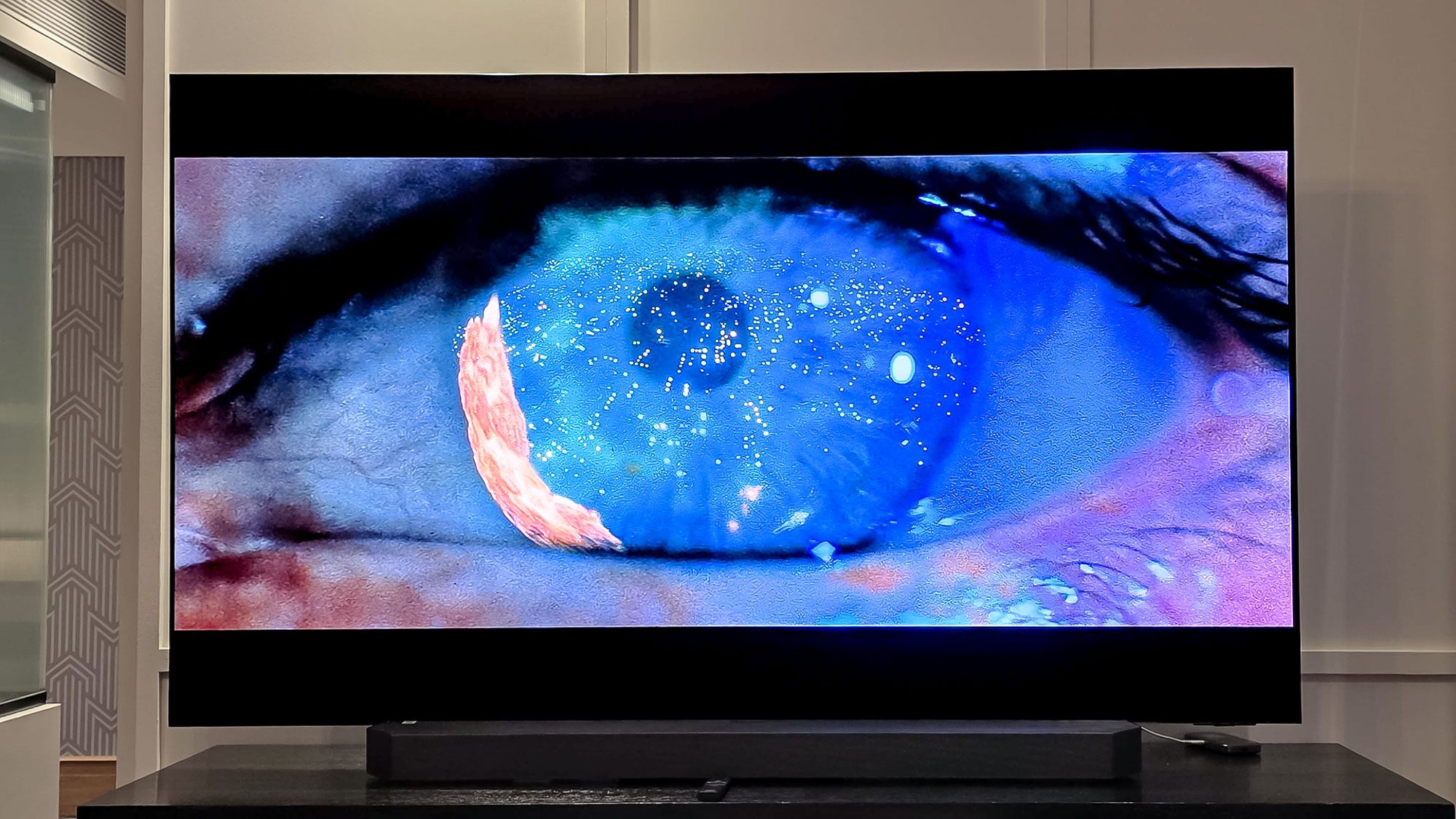
The S95F offers some of the best color we're likely to see in 2025.
Each of these OLEDs arrives with incredible out-of-the-box accuracy in Filmmaker mode, but when it comes to color volume, there's no two ways about it: The S95F offers some of the best color we're likely to see in 2025. You can see this reflected in their Rec.2020 color gamut results.
This is because the S95F is equipped with quantum dots, which allow for brighter, purer color than what the C5's WOLED display is capable of.
Don't get it twisted: The LG C5 still pops off with bright, well-saturated color. Watching the C5 doesn't leave an impression that you're missing out on a more colorful experience. However, if you're chasing the most vibrant, colorful OLED picture possible, the S95F is easily the better pick.
Winner: Samsung S95F
LG C5 vs Samsung S95F: Smart platform and features
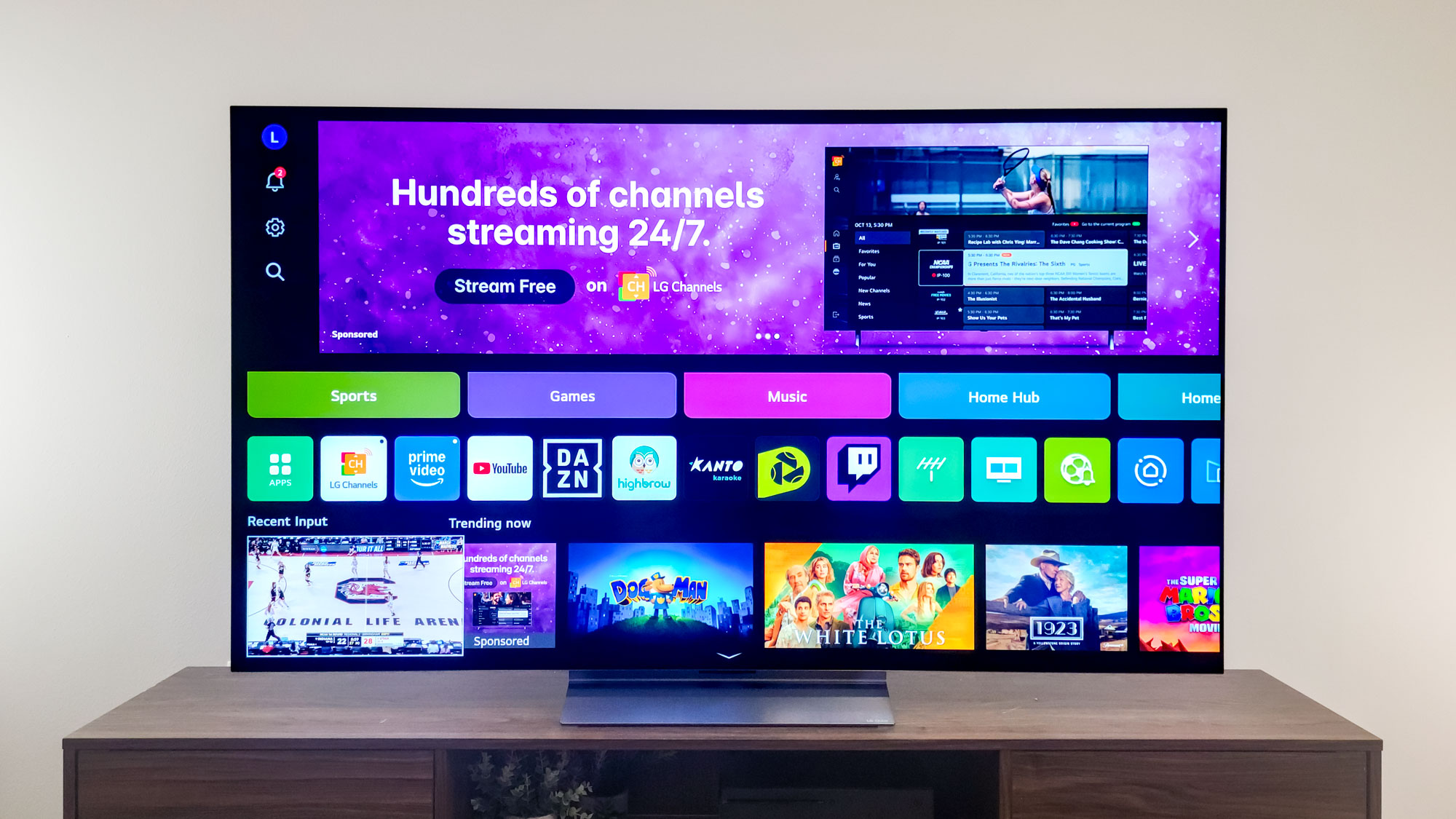
Neither LG's webOS or Samsung's Tizen OS are my smart platform of choice, but both are flexible enough to serve as your daily driver. Regardless of which one you're using, you'll have to get used to navigating around recommended and sponsored content.
Gamers will be thrilled to learn that there aren't very many specs and gaming features separating these two TVs. Each offers four HDMI 2.1 inputs, and both support Variable Refresh Rate (VRR), G-Sync compatibility and a variation of AMD's FreeSync.
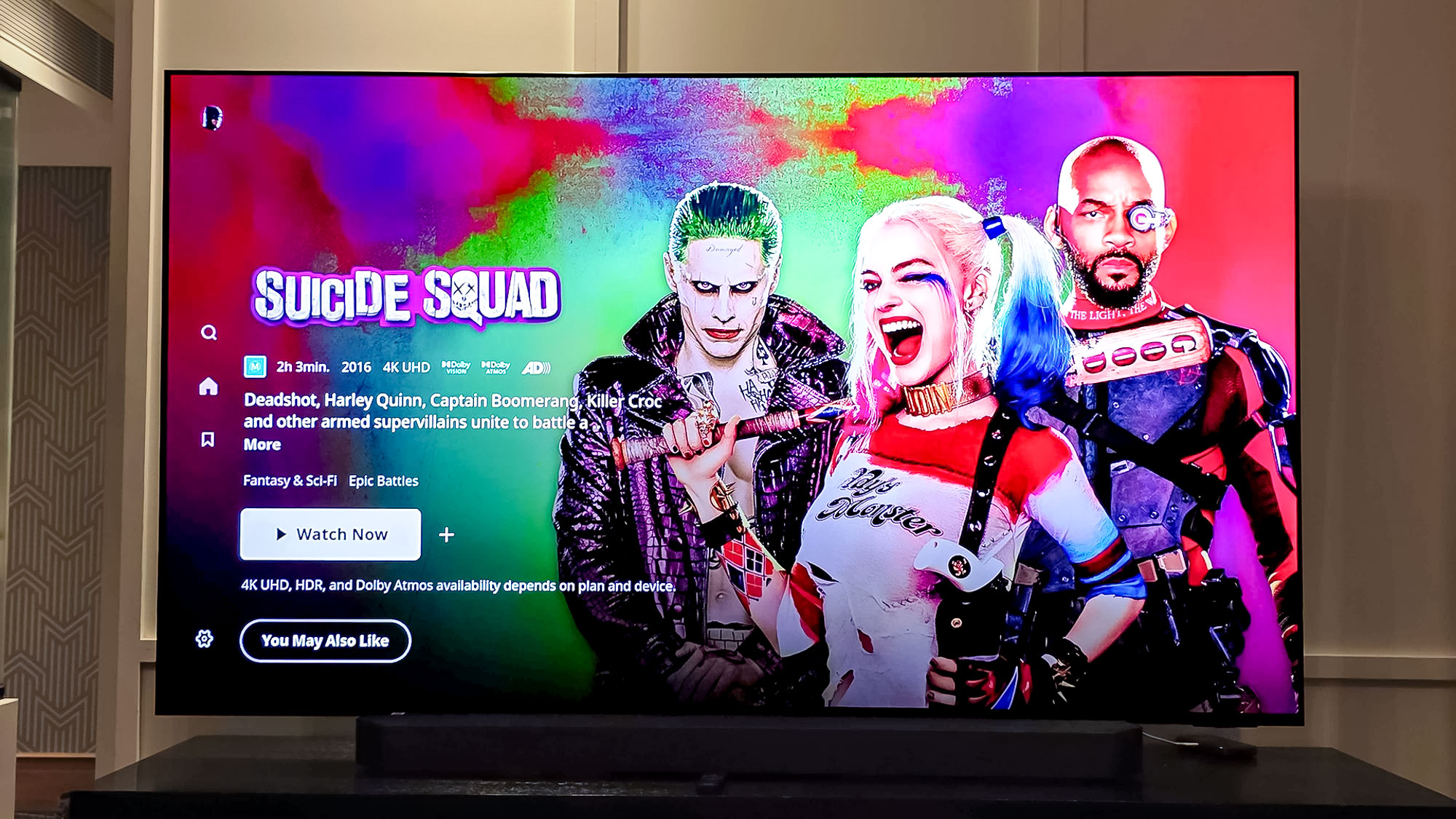
However, if you're planning on using one of these OLEDs as a monitor for high-end PC gaming, the S95F's native refresh rate of 165Hz is probably pretty tempting. The C5 is limited to 144Hz, but both can handle the 4K/120Hz cap of current-generation consoles.
As mentioned, the most notable missing feature on the S95F is Dolby Vision support. In fact, I'd wager that the S95F's lack of Dolby Vision represents more of a deal-breaker for prospective buyers than the C5's lower refresh rate.
Were it not for the lack of Dolby Vision, this category would come down to a draw. Instead, the LG C5 has the edge.
Winner: LG C5
LG C5 vs Samsung S95F: Outlook
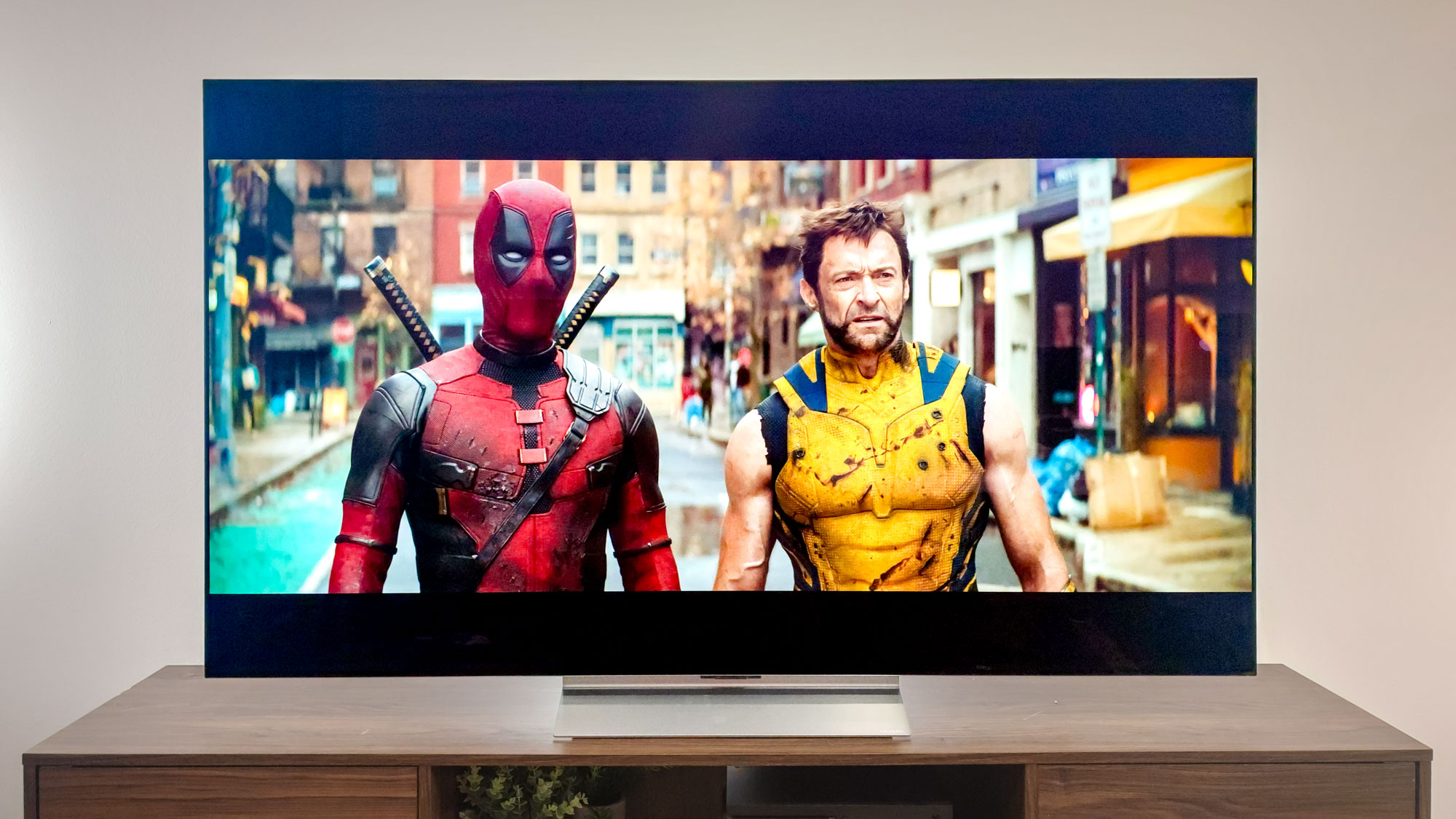
The Samsung S95F is one of the best TVs I've ever seen, in large part because of its incredible brightness and color production.
However, I suspect that most folks won't agree that its performance advantages over the C5 can justify the increase in cost. Right now, a 65-inch Samsung S95F is $3,299. On the other hand, a 65-inch LG C5 is on sale for $2,499.
Given their similar set of features, their comparable smart platforms and the gulf in their respective prices, the LG C5 is a safer pick for a wider selection of shoppers. But if you're looking for the absolute best picture between these two models, there's no denying the S95F.







